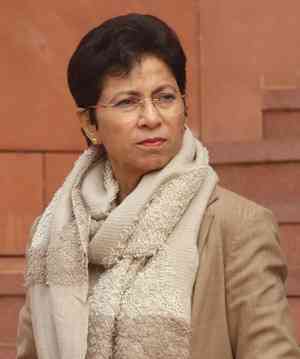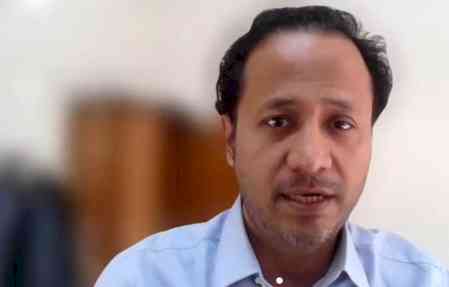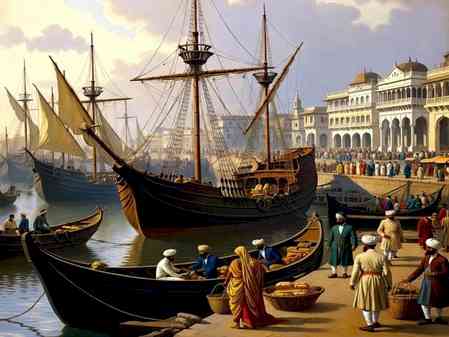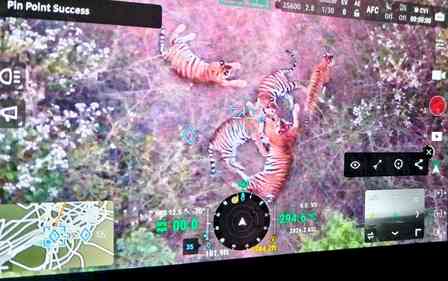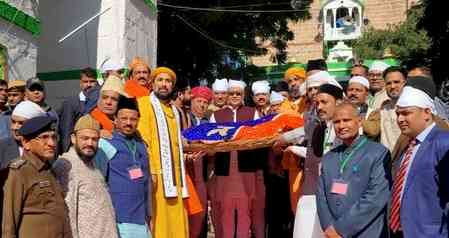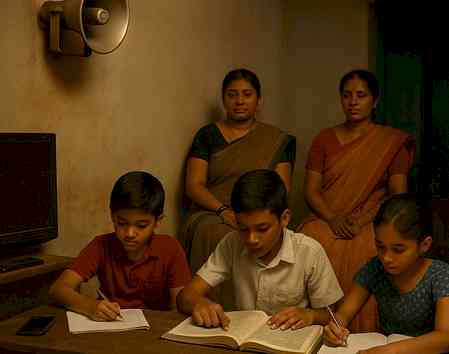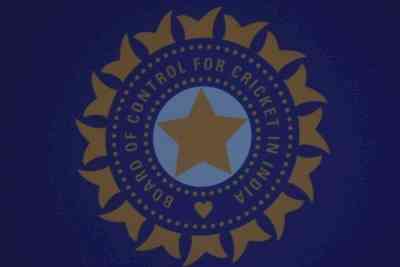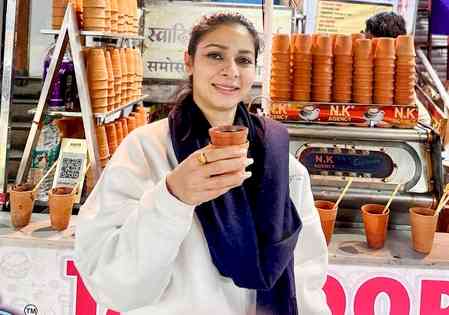From Verka Chowk to DMart: Memories of a Vanishing City
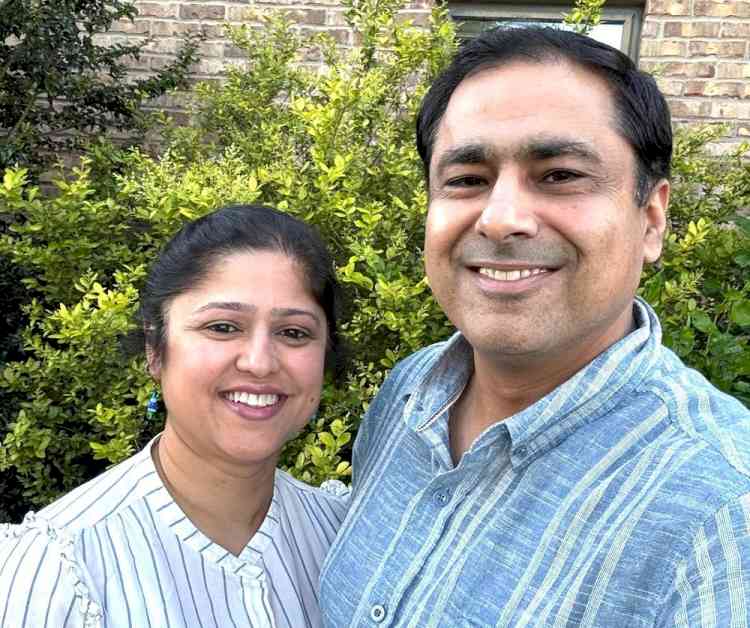
The Jalandhar of the mid-1980s was a city of quiet charm, familiar faces, and deeply rooted traditions. It was a place where time seemed to pause—where one knew not just the names of neighbours, but their stories too. Over the decades, however, that intimate fabric has been rewoven—sometimes roughly—by the forces of migration, development, and modernity. Today, Jalandhar feels both familiar and foreign: draped in the gloss of progress, yet haunted by echoes of its softer past.
Landmarks that once defined the city’s character have morphed beyond recognition. Verka Milk Bar Chowk, Masand Chowk, Mission Chowk—once bustling touchstones of local identity—are now engulfed in a sprawl of signage, traffic, and reinvention. Link Road, a vital artery that once pulsed with daily life, has been sacrificed to make way for private hospitals. Beloved neighbourhood institutions like Pahwa Ice Cream in Model Town, Pinki Store, and Mahajan Store have quietly faded, replaced by impersonal retail giants—Cremica, Metro, Reliance, DMart—symbols of a new order offering convenience at the cost of community.
Rainbow Road, once shaded by a gentle canopy of trees, now stands exposed. Lined with bars and restaurants, it bears no trace of the street that once quietly led us home. It feels alien. GTB Nagar, once hemmed in by fields and silence, has unfurled into a sprawling township. Even the humble bus and tanga route from Pratap Bakery in Model Town (formerly Prakash Bakery) to Rainak Bazar—our childhood lifeline—has vanished, erased as effortlessly as chalk from a slate.
Model Town, once a quiet enclave of bougainvillea-lined lanes and hushed evenings, now hums with the chaos of one-way streets, spas, and honking cars. Spaces where gardens bloomed now host neon-lit storefronts. The old rhythm—of slow evening walks and friendly nods—has been overwritten.
Yet it is not only roads and buildings that have changed; so too has the soul of the city. My father’s Vishal Laboratory, which served nearly every child born in Jalandhar between 1976 and 2019, now lies dormant. Its shutters are not closed on a legacy, but poised—like eyelids in sleep—waiting to be reawakened. I carry the resolve to revive it not merely as a laboratory, but as a lighthouse of memory.
The skyline has climbed with flyovers near APJ School and BSF Chowk—symbols of progress that have nonetheless erased vistas once stitched into generational memory. The city’s demographics, too, have shifted. Once defined by the vibrant cultures of Sardars, Khatris, and Guptas, Jalandhar now pulses with voices from Uttar Pradesh and Madhya Pradesh. The mosaic has grown more diverse, but with it comes the challenge of retaining the city’s original cadence.
Institutions like DAV College and KMV, once proud beacons of academic distinction, now compete with a flood of private schools. Even my alma mater—Dayanand Model School—rooted in Arya Samaj values, known for its havans, discipline, and the spirit it instilled in freedom fighters, entrepreneurs, and social reformers, has faded from prominence.
I remember walking home under a blazing summer sun, gazing at Amaltas flowers hanging like golden garlands, the streets nearly empty save for the occasional cyclist. I remember lying on my back on quiet Sunday afternoons, watching yellow gliders float across endless blue skies—with nowhere to be, and nothing but wonder filling the silence. Those skies feel lost.
Cinematic Sundays, once spent in theatres like Friends, Lal Rattan, Cine Payal, and Sutlej, have migrated to sleek multiplexes. Today’s PVRs offer recliners and Dolby sound, but the creak of wooden seats, the hum of fans, and the delight of communal laughter have vanished in transition.
And then there is Dusshera Ground—my sacred cricketing patch. Once a playground of dust and dreams, a nursery that nurtured the ambitions of many—including some who would go on to wear India’s colours—today it is a manicured walking path. Neat. Tidy. Silent. A monument, not a memory in motion.
This is not a rejection of progress, nor a lament for the past. Cities evolve. So must we. But in remembering what we were, we preserve the compass for what we might still become. As Jalandhar races ahead—faster, shinier, more vertical—I hope it finds room for the shade of Rainbow Road, the hum of Link Road, the warmth of community, and the quiet dignity of a shuttered lab waiting to breathe again.
Authored by:
Dr.Vishal Bhatia, MD, Endocrinologist & Dr.Ruchi Bhatia, MD, Internal Medicine Ascension Medical Group, Bellemeade Avenue, Evansville, Indiana. (Presently, both are in Jalandhar at their Native Place to meet relatives)
(Views are personal)


 City Air News
City Air News 
